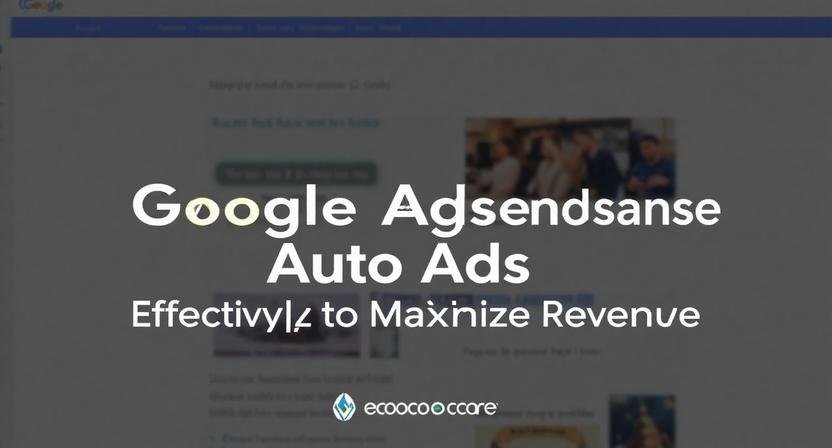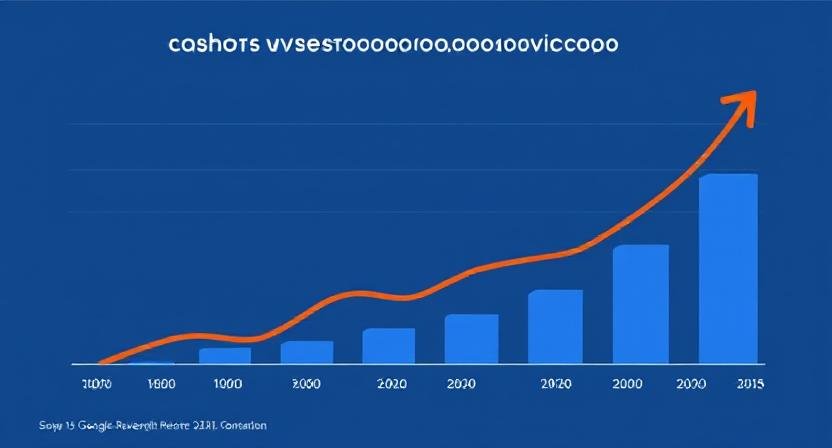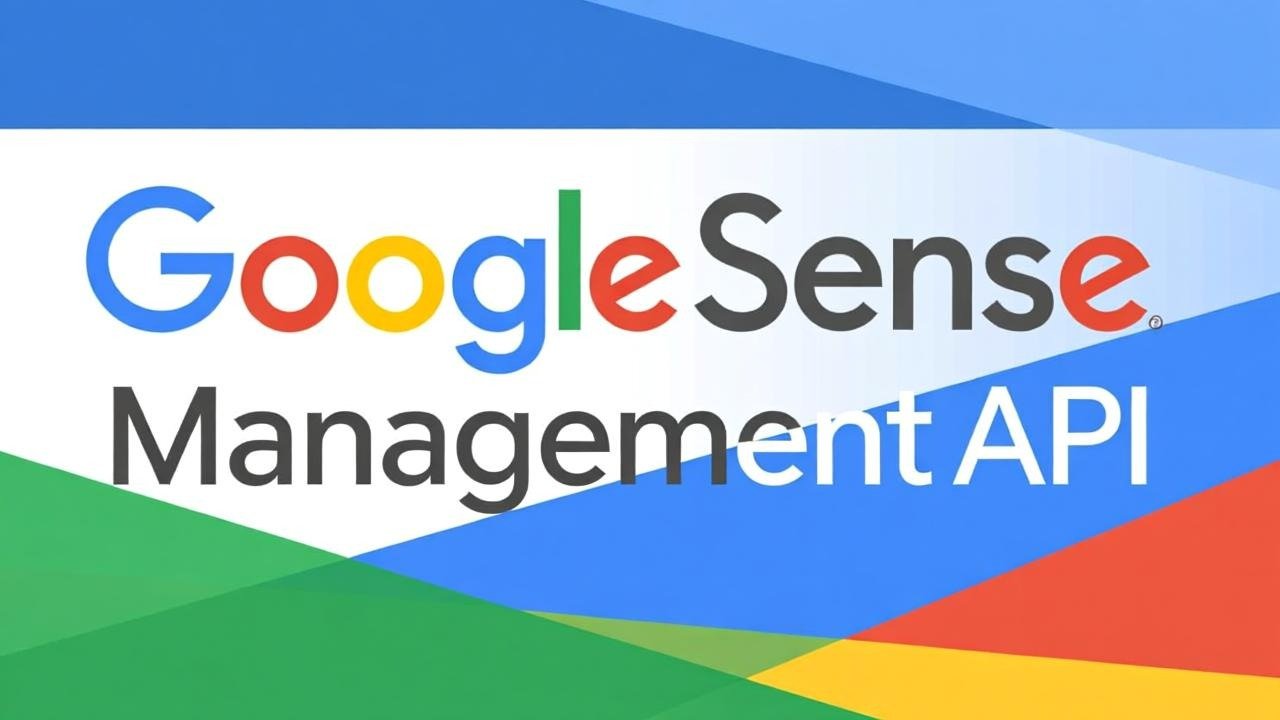Google AdSense Auto Ads have revolutionized website monetization by simplifying ad placement and optimizing revenue through machine learning. This innovative feature enables publishers to automatically display ads across their website without manual insertion of individual ad units. While Auto Ads are designed to maximize earnings with minimal effort, understanding how to configure and leverage this tool effectively can substantially increase your Google AdSense revenue.
This comprehensive guide explains how to use Google AdSense Auto Ads in 2025, including setup tips, optimization best practices, and advanced strategies to ensure you reap the maximum benefits from this powerful feature.
What Are Google AdSense Auto Ads?
Google AdSense Auto Ads use machine learning algorithms to analyze your website content and layout and automatically place ads at optimal locations. This removes the need for manual ad placement and continuous experimentation, allowing Google to test different formats, placements, and amounts of ads dynamically.
Auto Ads include various formats such as display ads, in-page ads, anchor ads, vignette ads, and matched content, all adapting to the user’s device for seamless integration.
Benefits of Using Auto Ads
-
Ease of Use: Simplifies ad implementation especially for beginners or large websites.
-
Adaptive Optimization: Automatically adjusts ad placements according to real-time performance and user behavior.
-
Improved User Experience: Balances ad quantity to avoid overwhelming visitors.
-
Revenue Growth: Increases overall earnings by identifying high-performing placements.
-
Mobile Friendly: Optimizes ad display for different screen sizes without manual intervention.
How to Set Up Google AdSense Auto Ads
Step 1: Sign in to Your AdSense Account
Navigate to the “Ads” section and select the site you want to monetize.
Step 2: Enable Auto Ads
Toggle the setting to enable Auto Ads for your domain. Google will generate a global ad code snippet.
Step 3: Place the Global Ad Code
Insert the generated global site tag code into the <head> section of every page on your website.
Step 4: Customize Ad Formats
Within the AdSense dashboard, you can choose which ad types to enable or disable (e.g., anchor ads, overlay ads). Testing different configurations helps tailor user experience and earnings.
Step 5: Save and Publish Changes
Save your preferences and monitor the impact using the AdSense reporting tools.
Best Practices for Optimizing Auto Ads
Review and Adjust Auto Ad Settings Regularly
-
Disable formats that negatively affect user experience or generate low revenue.
-
Enable experimental formats cautiously to stay ahead.
Monitor Site Performance
Keep an eye on your site speed and layout changes to ensure Auto Ads do not affect usability.
Combine Auto Ads with Manual Ad Placements
Use Auto Ads to cover general placements and add manually inserted ad units in strategic locations like within content or sidebars.
Conduct A/B Testing When Possible
Test your Auto Ads configurations against manual setups or different format combinations to identify the highest revenue-generating approach.
Balance Ads and Content
Too many ads can reduce page quality and user engagement, hurting overall revenue long-term.
Tracking Auto Ads Performance
-
Use Google AdSense reports to view Auto Ads metrics like impressions, clicks, CTR, and RPM.
-
Supplement with Google Analytics to analyze user engagement and behavior.
Potential Drawbacks and How to Mitigate Them
-
Auto Ads might insert ads in less desirable spots causing distraction; customize settings accordingly.
-
Overdependence on Auto Ads may reduce granular control; combine with manual optimization.
-
Some niche websites might see varied performance, so tailor strategies carefully.
High Authority Resource
For detailed setup instructions and updates on Google AdSense Auto Ads, visit Google’s official help page: Auto ads overview.
Read More: How to Leverage Google AdSense Reports to Improve Your Website Revenue in 2025
Conclusion
Google AdSense Auto Ads offer a streamlined, intelligent solution for website monetization, especially for those seeking to maximize revenue with minimal manual effort. By understanding how to configure, monitor, and optimize Auto Ads effectively in 2025, publishers can enhance user experience, increase earnings, and stay competitive in today’s evolving digital advertising landscape.
Combining Auto Ads with strategic manual placements, consistency in monitoring, and attention to site quality forms a powerful approach to long-term AdSense success.










